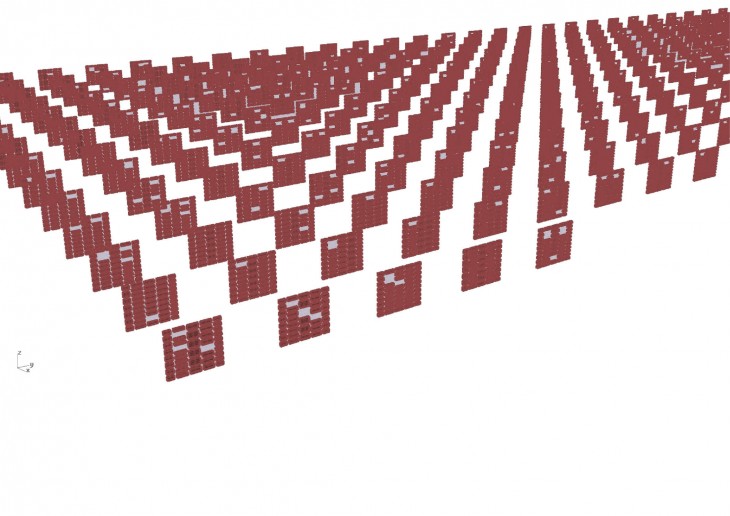 What I am studying in this assignment is the visibility of an object in front of a facade in relation to openings. I place random people behind the facade and I look for the best solution so most of the people are able to see the object with the least possible openings at the facade.
What I am studying in this assignment is the visibility of an object in front of a facade in relation to openings. I place random people behind the facade and I look for the best solution so most of the people are able to see the object with the least possible openings at the facade.
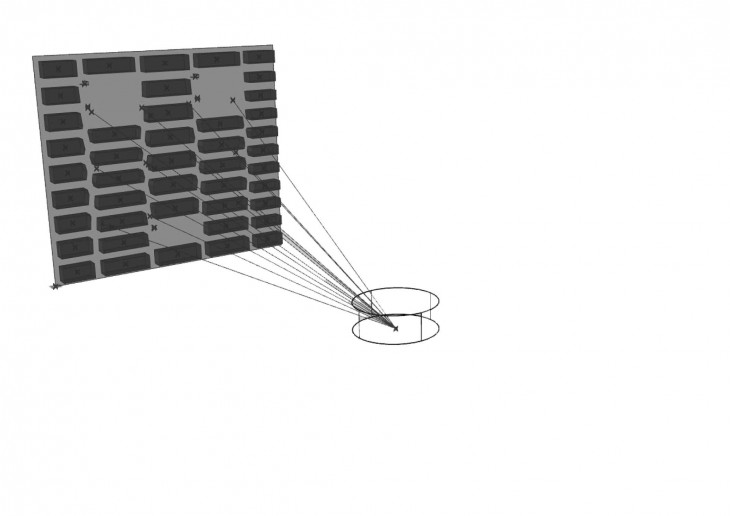 As a first step, I created the facade: 5 columns (and potentially lists) of organised random points (max 10) controlled by sliders. Connecting those points to voronoi structure, and extruding the meshes created in between, the facade now looks as multiple boxes arranged in space.
As a first step, I created the facade: 5 columns (and potentially lists) of organised random points (max 10) controlled by sliders. Connecting those points to voronoi structure, and extruding the meshes created in between, the facade now looks as multiple boxes arranged in space.
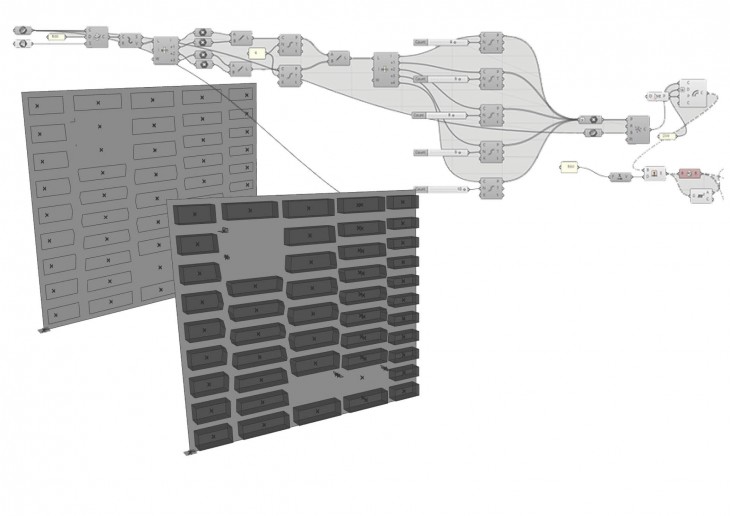
The observers are placed behind the facade; by creating a surface of the facade and its points, I take out all the points from the edges and I keep only those in the middle of the surface and I connect them with my object. As a next step, I create my formula in order to run galapagos optimisation.
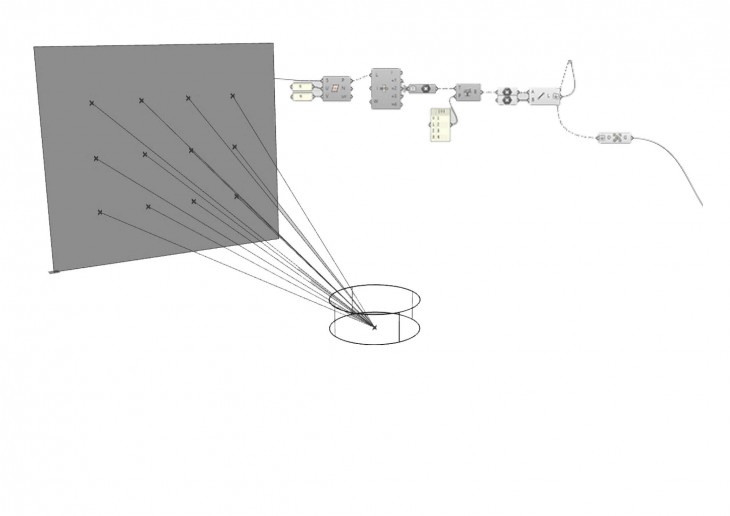
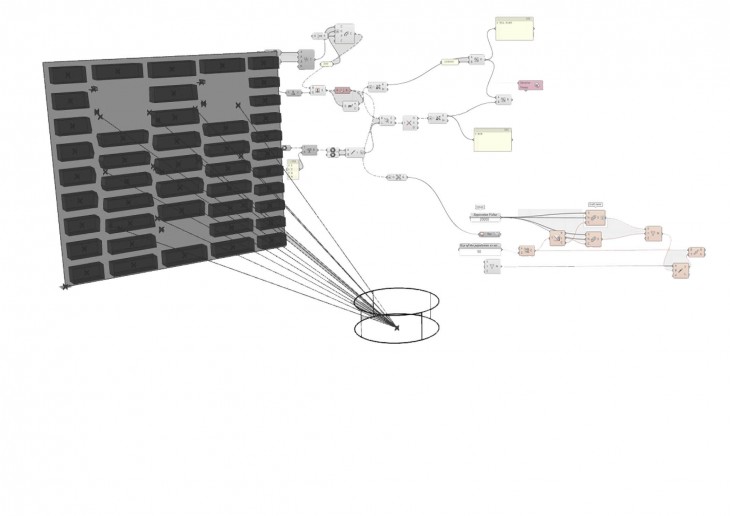
My formula tries to find the best solution so as most of the people could look at the object with the minimum transparent elements on the facade. I run galapagos for 20 generations until I find the most optimum solution.
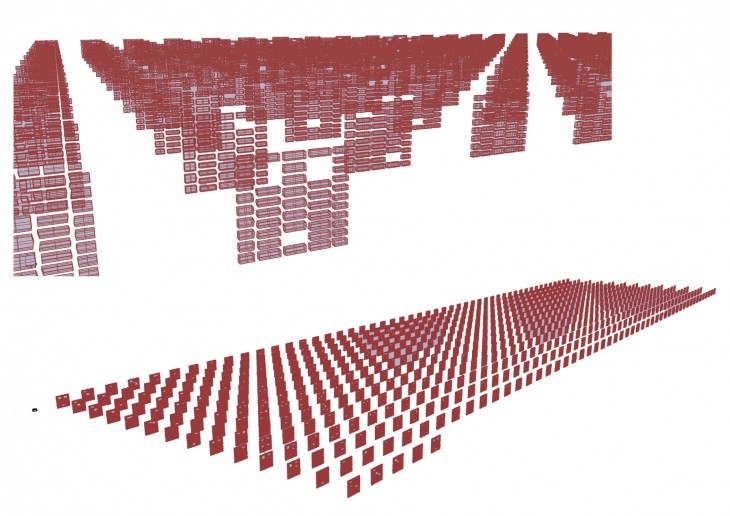
Evolving Solutions: Wall transparencies is a project of IaaC, Institute for Advanced Architecture of Catalonia
developed at MAA01 in 2015-2016 by:
Student: Maria-Klairi Chartsia
Faculty: Luis E. Fraguada, Rodrigo Aguirre